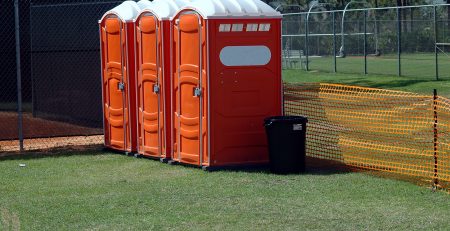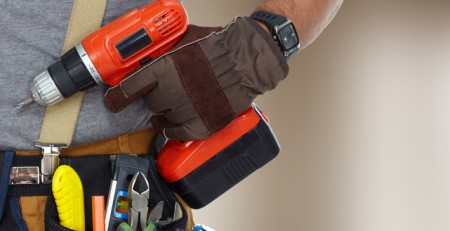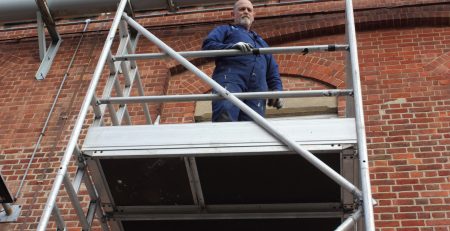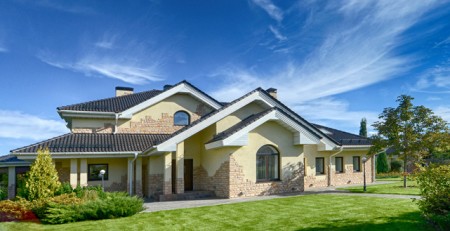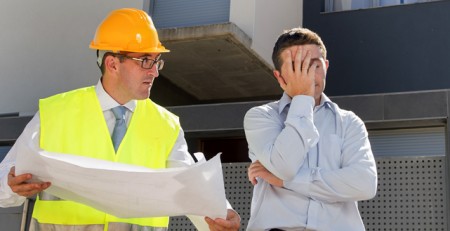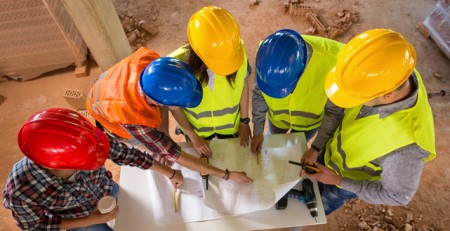How to Design a Fall Rescue Plan
Working at height is inherently risky. If a worker falls from a great height and they are not using appropriate safety equipment, they will probably sustain a serious injury or die. 39.2% of all construction deaths were caused by falls in the year 2017. Many of these deaths could have been avoided if health and safety procedures had been followed. A fall rescue plan is a key element of health and safety in the construction industry.
 What is a Fall Protection and Rescue Plan?
What is a Fall Protection and Rescue Plan?
A fall protection and rescue plan is designed to mitigate against disasters in the workplace. The plan should set out prevention and rescue guidelines when workers are operating at height. A good plan in place prevents accidents from happening. And if the worst does happen, it minimizes the possibility of a fatality.
Risk Assessment in the Workplace
Businesses should always carry out a risk assessment when workers need to do their job in elevated areas. Identify the hazards, so you can put measures in place to protect your workers. Is the ground uneven? Is the site remote and inaccessible? Is there a lot of debris lying around?
Look for problems and take steps to fix them.
Fall Protection Safety Equipment
Personal Protective Equipment (PPE) is essential. Any workers carrying out their duties at height must be given a suitable fall protection safety harness, as well as safety helmets, boots, gloves, etc. All equipment should be inspected before and after use, and if there is any damage or wear and tear, the item must be tagged and replaced.
PPE must always be stored in an appropriate location, preferably under lock and key so it can’t be tampered with. If metal fixtures and fittings are exposed to too much moisture, they will rust, which is a safety issue. Chemical exposure can also damage fabrics, making them unsafe.
Correct Training
You can’t expect inexperienced personnel to work at height without appropriate training. All employees must have completed a suitable working at height training course. They also need training in how to use their PPE. It is advisable to send employees on refresher courses periodically, so they are always up to date with the latest regulations.
Designing a Rescue Plan
Have a plan in place in case you need to recover a fallen worker. Workers need rescuing in a timely manner, as they will probably need prompt medical attention. There is also a serious risk of suspension trauma if a worker is left dangling in their fall arrest harness.
Employees should always work in pairs, but the rescuer must not put their own safety in jeopardy to rescue their colleague.
Make sure your rescue plan is adaptable for different site conditions. A plan for one site may not be appropriate for a different site in more rugged terrain.
Ensure all employees review the rescue plan and carry out practice rescue sessions, so they know exactly what to do when something goes wrong.
A fall rescue plan will keep your workers safe, but make sure you review it regularly so that it stays current.


